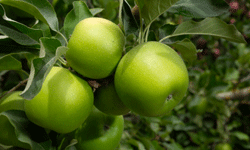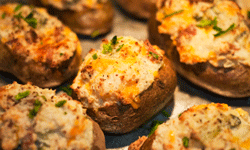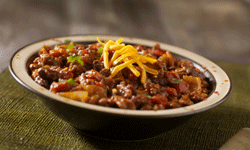When the U.S. Department of Agriculture released new dietary recommendations in 2010, it made clear the fact that Americans were lacking in a few nutritional essentials, and chief among them was dietary fiber. This particular nutrient, a carbohydrate the body doesn't digest, plays a major role in digestive health and may help fend off heart disease and cancer. Most of us are consuming far less than we need.
Women need 20 to 25 grams per day; men need 30 to 35. What most people are actually getting is closer to 10 or 15.
Advertisement
Food choices have everything to do with health, but picking the high-fiber apple over the high-sugar cookie isn't always about self-discipline. It can also be a financial consideration: In most cases, the apple costs more.
Nutrients tend to cost more than empty calories, but fiber, for one, can be gotten on the cheap if you know where to look. Here, five ways to get the fiber you need without spending more than you've got, beginning with a food you may eat plenty of already without realizing it's a good fiber source ...


